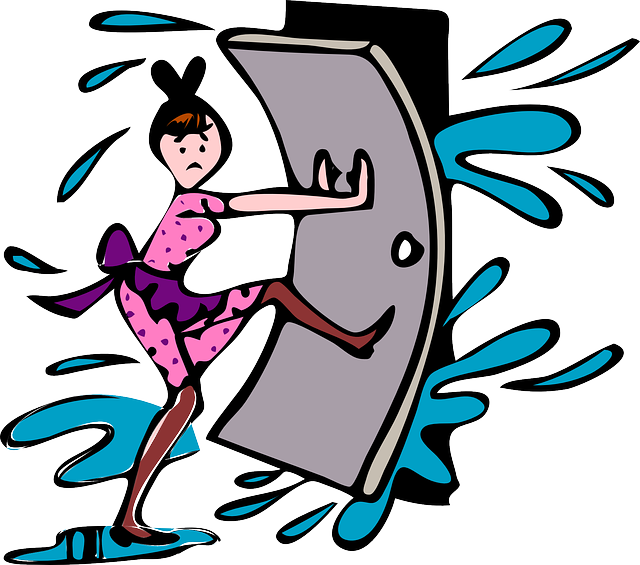Dealing with icy sidewalks is a fact of life in northern climates where snow and winter conditions are common. There are many different ways to deal with ice, whether using one of many chemical compounds to melt it or using more environmentally friendly products to provide traction and prevent slippage.
De-icers
How Do They Work?
Ice melt products attract moisture to themselves to form a liquid brine which generates heat and melts ice. The product must reach the pavement to become effective. Once on the pavement the brine can spread out and break the bond the ice has with the pavement. As the ice is loosened, it can more easily be shoveled away.
Kinds of De-icer
Every year there are more and more choices when it comes to de-icers. A lot of the choices are very similar and differ only in marketing with each product claiming to be the best. 95% of all de-icers are made from one, or a blend, of five products. Typically blends are made to try and combine the best advantages of each chemical.
Calcium chloride - This is basically traditional ice melt. It will melt ice to temperatures of -25˚F. It gives off heat as it dissolves which melts the ice quicker but
leaves a slimy residue. It is corrosive to metal and can be damaging to vegetation if over-applied. Magnesium chloride is a very similar product and becoming more popular. It is less corrosive and safer on concrete and plants.
Sodium chloride (rock salt) - Rock salt is the least expensive and very efficient. Will melt ice to temperatures of 20˚F. Effective at drying out icy surfaces. Not as harmful to concrete as other products but can be damaging to vegetation and is corrosive to metal.
Potassium chloride - Is more expensive than other products. Works well when mixed 50/50 with rock salt. Will melt ice to temperatures of 12˚F. Relatively safe but can still cause plant injury if over-applied.
Urea - Commonly used as a fertilizer but is also an effective ice melter. Will melt ice to temperatures of 15˚F. Over application can harm vegetation.
Calcium magnesium acetate (CMA) - Is made from dolomitic limestone and acetic acid (main compound in vinegar). It has little affect on plants and concrete but it's performance decreases at temperatures below 20˚F. It works differently than other materials in that it does not form a brine like salts. CMA helps prevent snow particles from sticking to each other on the road surface. It prevents re-freezing more than it melts ice and tends to leave a slush.
Are They Harmful?
Given the alternative of dangerous conditions, the benefits can outweigh the potential disadvantages. All de-icers have the potential to damage vegetation, concrete, and corrode metal. Moderate use combined with adequate rainfall to dissolve and wash away product should be enough to protect vegetation and hard surfaces. Damage to concrete occurs not from the effects of the salt but from the effects of the freezing point of water. When the freezing point of water is lowered (by creating a brine), the number of freeze/thaw cycles increases and the expansion of freezing water (hydraulic pressure) can exceed the strengths of concrete.
Natural Alternatives
Other, more natural, products can be used to treat icy sidewalks and driveways. Although they are generally less effective, they pose less harm to the environment and pets. Natural alternatives like sand, sawdust, wood shavings, and kitty litter are mainly effective for their gritty, anti-slip qualities. They provide better traction to walk on the ice but do not actually melt ice. They are often mixed with ice melt products as a way to use less chemicals.
De-icer Precautions
- Do not over apply, follow instructions on the label.
- Do not try to melt everything. Clear snow first.
- Wear gloves. Ice melts are an irritant.
- Do not use on new concrete that has not fully cured.
- All products have some effect on the environment. Flush area with water if over-use is suspected or damage appears on plants.
 If you want to apply holiday lights to the top of your porch or roof, you’ll probably need a ladder to reach these areas. Make sure you have a person spotting you while you’re adding lights to the roof. They should hold the ladder still while you’re working.
If you want to apply holiday lights to the top of your porch or roof, you’ll probably need a ladder to reach these areas. Make sure you have a person spotting you while you’re adding lights to the roof. They should hold the ladder still while you’re working. 

























